Full Automatic Constant Pressure Variable Frequency Water Supply Equipment is a new generation of hi...
See DetailsEnhancing Fire Safety with Intelligent Frequency Conversion Constant Pressure Fire Water Supply System
Industry News-In the realm of modern building safety, water supply systems play a crucial role, especially in fire protection. One of the innovative solutions gaining traction today is the Intelligent Frequency Conversion Constant Pressure Fire Water Supply System. This advanced technology is changing how water is delivered during emergencies, combining energy efficiency, reliability, and intelligent control to ensure good performance during critical situations.
The Intelligent Frequency Conversion Constant Pressure Fire Water Supply System is designed to automatically adjust pump operation based on real-time water pressure requirements. Traditional fire water systems often suffer from issues such as pressure instability, delayed response, and high energy consumption. However, with intelligent frequency conversion technology, the system can maintain a stable water pressure across the entire pipeline network, regardless of fluctuating demands. This feature ensures that firefighters and sprinkler systems receive consistent and adequate water pressure during an emergency.
One of the key advantages of the Intelligent Frequency Conversion Constant Pressure Fire Water Supply System is its adaptability. The system is equipped with sensors and intelligent controllers that monitor the pressure and flow rate continuously. If a fire occurs and there is a sudden demand for water, the system detects the pressure drop and automatically adjusts the pump frequency to meet the demand instantly. This responsiveness not only enhances safety but also reduces mechanical wear and energy waste.
In large buildings such as shopping malls, hospitals, and high-rise apartments, fire water supply must meet complex regulatory requirements. The Intelligent Frequency Conversion Constant Pressure Fire Water Supply System provides a compliant and efficient solution. It supports remote monitoring and diagnostics, allowing facility managers to oversee performance in real-time and carry out predictive maintenance. This capability reduces system downtime and ensures that the fire protection infrastructure remains in peak condition.

Another significant benefit of the Intelligent Frequency Conversion Constant Pressure Fire Water Supply System is its energy-saving feature. Since the pump operates only at the frequency required to maintain constant pressure, energy consumption is significantly lower compared to traditional constant-speed pumps. Over time, this leads to substantial cost savings and contributes to a building’s sustainability goals.
From a technical perspective, the system integrates high-efficiency pumps, pressure sensors, variable frequency drives (VFDs), and an intelligent control unit. The heart of the Intelligent Frequency Conversion Constant Pressure Fire Water Supply System lies in its ability to harmonize these components seamlessly. When demand is low, the VFD reduces pump speed, thereby conserving energy. During high demand, the system ramps up automatically without requiring manual intervention. This level of automation reduces the need for human oversight during critical moments.
Furthermore, the Intelligent Frequency Conversion Constant Pressure Fire Water Supply System often includes a backup power source, ensuring that it remains operational even during power outages. In fire emergencies, where every second counts, system reliability is important. With built-in redundancy and fail-safes, this system offers good dependability, a feature highly valued by safety engineers and emergency response teams.
Adopting the Intelligent Frequency Conversion Constant Pressure Fire Water Supply System also aligns with global trends in smart building technologies. As cities grow smarter and more connected, building systems are expected to communicate with each other for enhanced efficiency. This water supply system can be integrated with Building Management Systems (BMS), enabling holistic monitoring of safety, energy usage, and equipment status from a centralized dashboard.


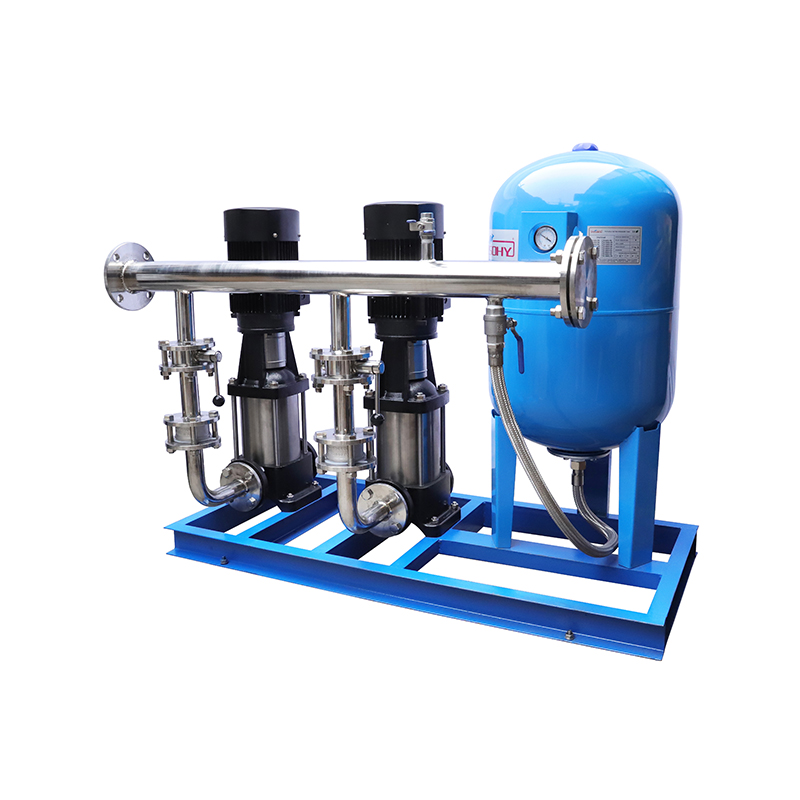
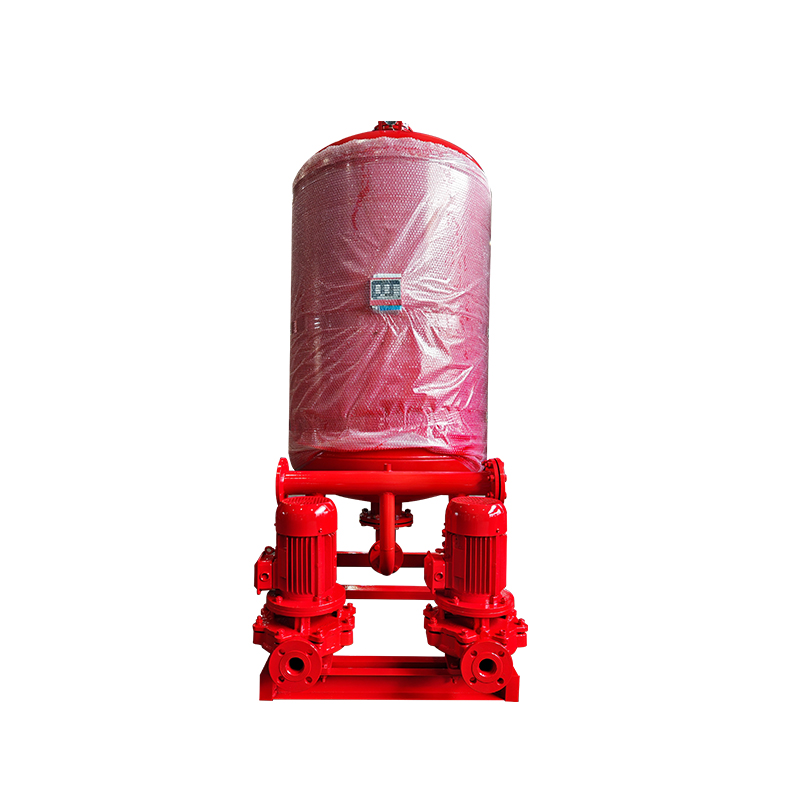


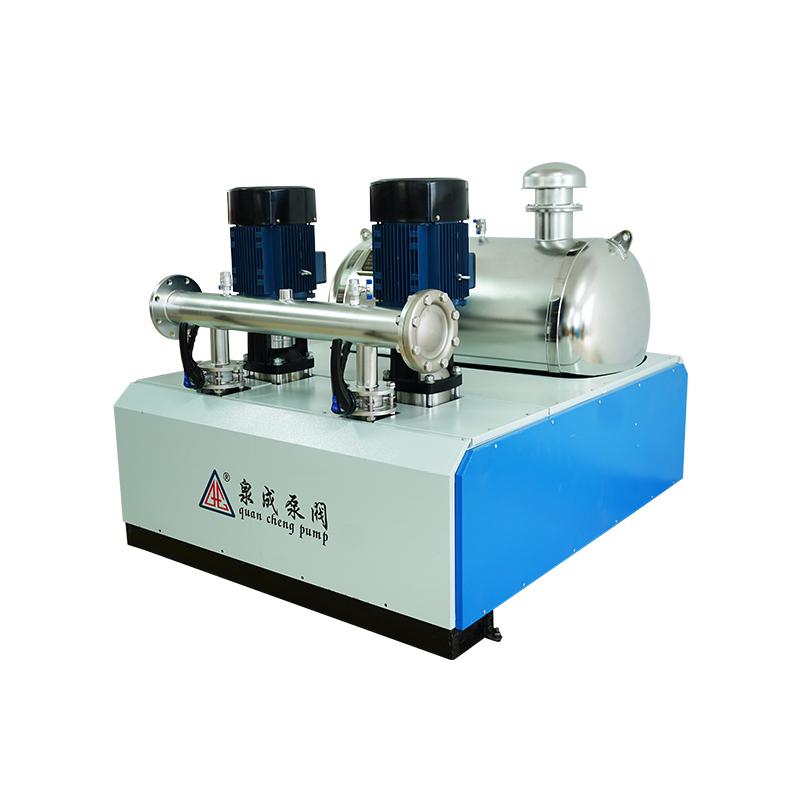
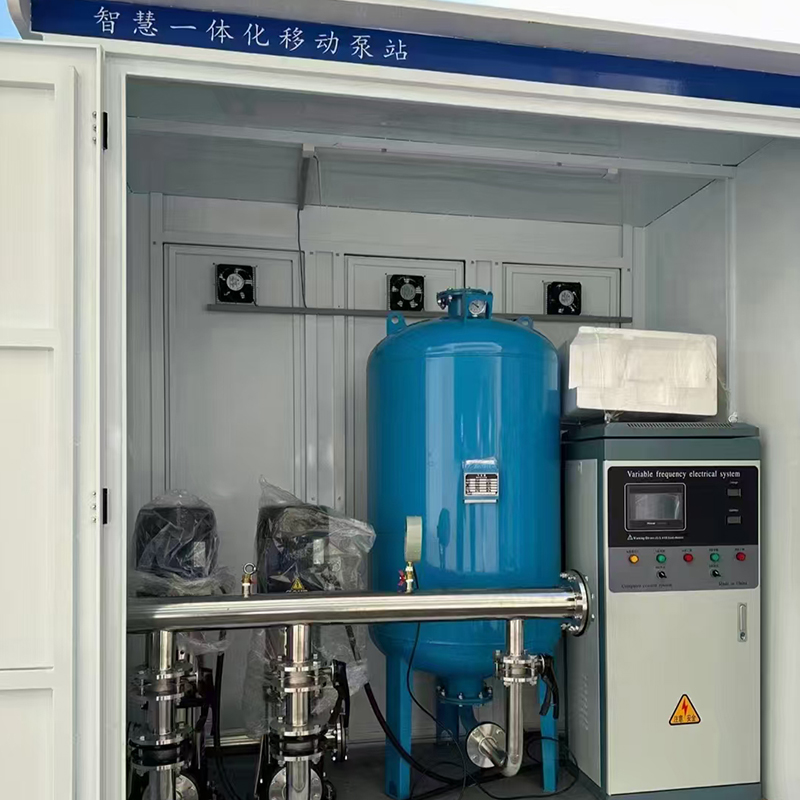
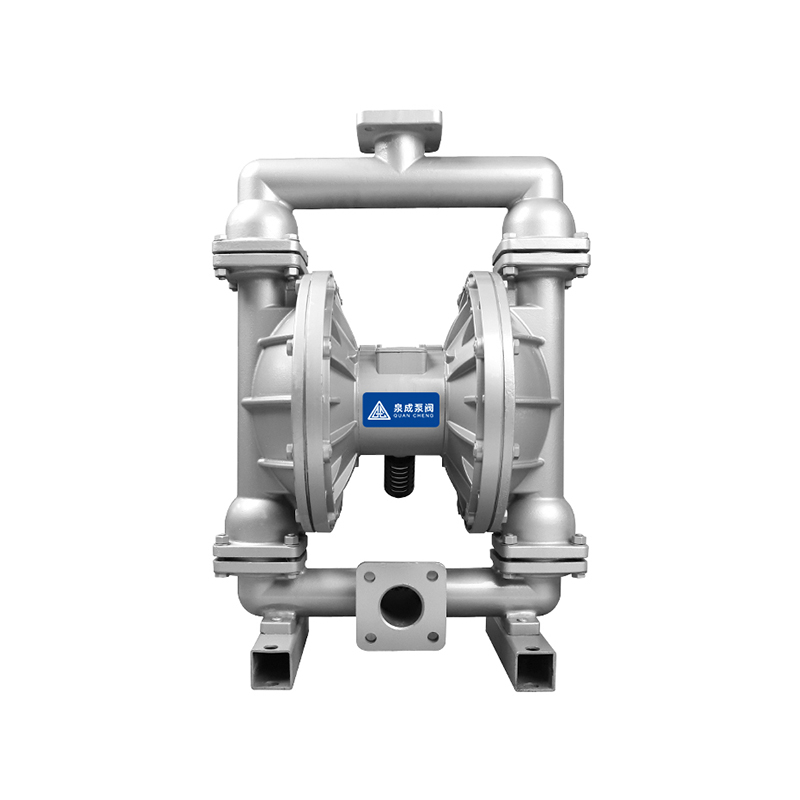
 浙公网安备33032402001888号
浙公网安备33032402001888号
